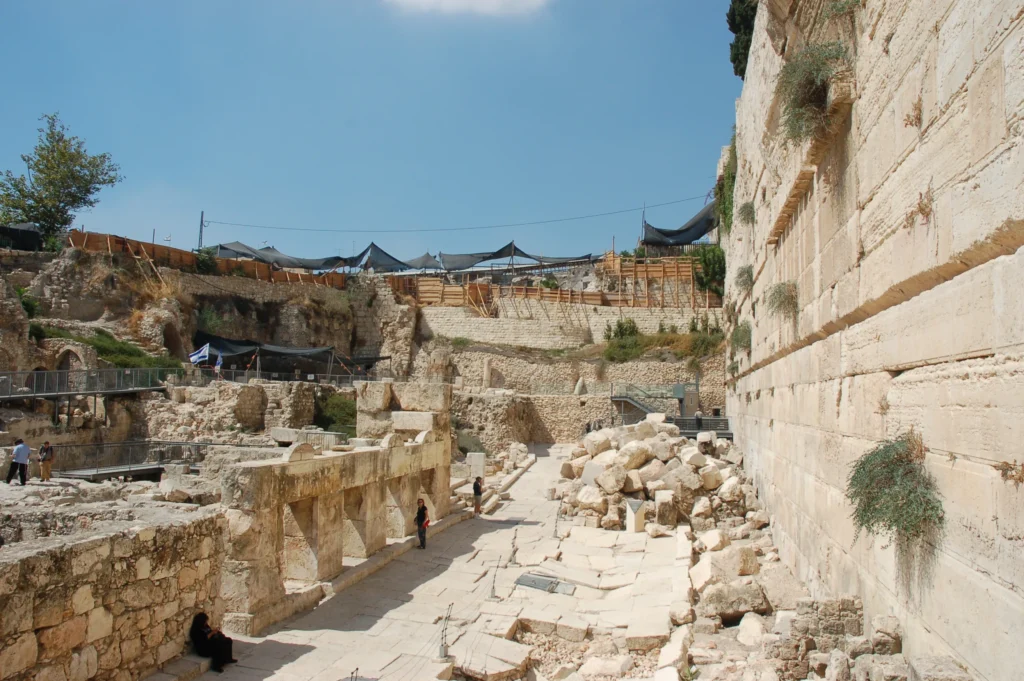The 17th of Tammuz
The seventeenth day of the month of Tammuz in the Jewish calendar is a Jewish fast.
The day begins three weeks of an annual mourning period for the destruction of the First and Second Temples in Jerusalem.

According to the Talmud, the walls of Jerusalem were destroyed by the Romans on the 17th of Tammuz in the year 70. Photo: David King
Lent, which this year falls on July 23 in the Gregorian calendar, is the second of the four fasts for observing the destruction of the Temple and the Jewish exile in Babylon. The first fast falls on the tenth of Teven, the date of the siege of Jerusalem by the Babylonian king Nebuchadnezzar II in 588 BC, and the last fast Tisha B’Av falls on the ninth of Av.
According to the Talmud, the priests of the First Temple stopped offering the daily sacrifice precisely on the 17th of Tammuz due to the lack of sheep during the siege and the next year 3184 (586 BC) the walls of Jerusalem were breached after many months of siege by Nebuchadnezzar and his Babylonian forces. On the same date, a thousand years earlier, Moses broke the tablets of the law that he had received on Mount Sinai. The 17th of Tammuz occurs forty days after the Jewish holiday of Shavuot when Moses ascended Mount Sinai to receive the tablets of the law.
Walls torn down
On the 17th of Tammuz, according to the Talmud, the walls of Jerusalem were destroyed by the Romans during the Second Temple period and the Roman general named Apostomos who led the occupying forces burned a Torah scroll while the Romans erected an idol in the temple, writes My Jewish Learning.
Jeremiah 52:6–7 states that the walls of Jerusalem were torn down on the 9th of Tammuz:
“But on the ninth day of the fourth month the famine was so great in the city that the people of the land had nothing to eat.The city was stormed, and all the people of war fled and went out of the city during the night through the gate between the two walls, the gate that led to the royal garden, while the Chaldeans were all around the city. They took the road towards the plain (Jordan Valley).”
The same thing is mentioned in Jeremiah 39:2:
“In the eleventh year of Zedekiah’s reign, on the ninth day of the fourth month, they entered the city.”
Three weeks of distress
Accordingly, the Babylonian Talmud dates the demolition of the walls of Jerusalem to the Second Temple period, while the Jerusalem Talmud states that in both eras the walls were demolished on the 17th of Tammuz, and that the texts in Jeremiah dating the storming of Jerusalem to the 9th of Tammuz are explained by the biblical the record being unclear due to the troubled times.
Lent is a smaller day of fasting which lasts from dawn to just after dusk. The three weeks beginning with the 17th of Tammuz and ending with the ninth of the month of Av are known as Bein haMetzarim, which means “between the days of need”, or as “The Three Weeks”.


